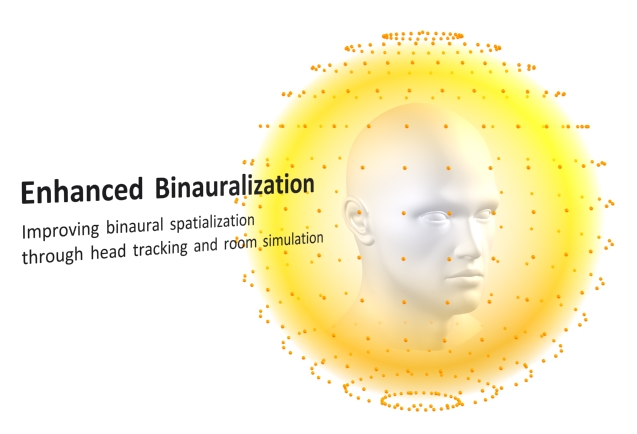
© 2010 Matt Montag
Acoustic Raytracing, Room Simulation, and the Binaural Room Impulse Response
What Works
- Theoretically complete solution for acoustic modelling
- Borrows metaphors and solutions from computer graphics field
|
What Doesn't Work
- High computational cost
- Hard to accurately compute diffraction effects and effects of obstructions at low frequencies
- Dependent on room model detail
|
What is it used for?
The image source method
The image source method is a simplified technique for acoustic room modeling. The method approximates walls and other reflecting surfaces with mirror image sources. The amplitudes of the image sources are adjusted to account for the absorption of the wall surfaces. This technique can be used to exactly simulate a few idealized cases, such as a room with absolutely rigid and orthogonal walls. Finally, the image source method cannot represent surface scattering and diffuse reflection; a considerable problem since all real world surfaces have a diffuse component.
The transaural problem
If a pair of loudspeakers is used to preview a BRIR instead of headphones, the problem of cross-talk occurs due to the fact that the right ear hears sound coming from the left speaker, and vice versa. This problem can be improved using filters that provide cross-talk cancellation. However, transaural audio systems provide spatial audio for a single listener at a single listening position unless the position of the listener is also tracked in addition to the rotation of his/her head.
Essential Articles selected from 4060 articles
- Image method for efficiently simulating small-room acoustics by J.B. Allen and D.A. Berkley (1979)
- Principles of binaural room simulation by H. Lehnert, J. Blauert (1992)
- Binaural room simulation based on an image source model with addition of statistical methods to include the diffuse sound scattering of walls and to predict the reverberant tail by R. Heinz (1993)
- A beam tracing approach to acoustic modeling for interactive virtual environments by T. Funkhouser, I. Carlbom, G. Elko, G. Pingali (1998)
- The importance of head movements for binaural room synthesis by P. Minnaar, S.K. Olesen, F. Christensen, H. Møller ICAD Proceedings (2001)

